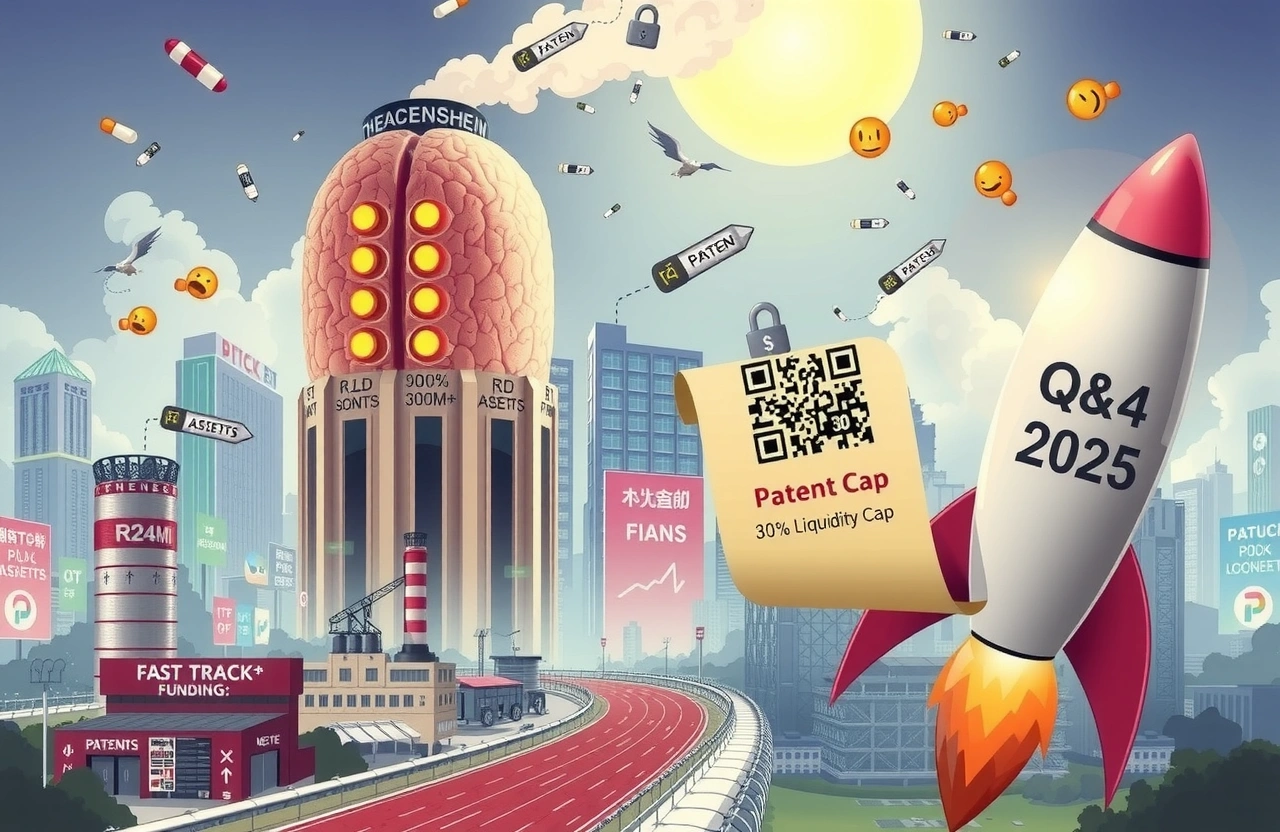A Milestone for Innovation-Driven Enterprises
The Shenzhen Stock Exchange (SZSE) has unveiled transformative refinancing rules specifically designed for ChiNext-listed companies with light-asset high-R&D characteristics. Implemented June 30, 2025, the new Guidance No. 8 addresses longstanding financing constraints faced by technology-intensive firms. By establishing quantifiable thresholds for “light-asset high-R&D” qualifications, the regulations empower eligible companies to reinvest in innovation without traditional capital expenditure limitations—marking a pivotal advancement for China’s strategic push toward technological self-reliance.
Breaking Down the Key Provisions
Comprising 13 articles, these regulations provide much-needed policy clarity for innovators navigating capital markets. Where prior rules imposed rigid capital allocation models, the framework acknowledges the unique financial dynamics of knowledge-based enterprises.
Defining Light-Asset Business Structures
The “light-asset” designation hinges on a ≤20% ratio of physical assets-to-total assets, calculated using audited financial reports covering tangible capital items:
– Fixed assets
– Assets under construction
– Land use rights
– Usage rights assets
– Long-term prepaid expenses
– Other capital-expenditure-formed physical assets
This audit-friendly calculation eliminates ambiguity, letting firms instantly determine eligibility based on annual reports.
The High R&D Investment Thresholds
Companies qualify under two alternative metrics:
1. Average R&D expenditure ≥15% of revenue over three consecutive years
2. Cumulative R&D spending ≥300 million yuan (≈$41 million) over three years AND average R&D/revenue ratio ≥3%
Notably absent is any staff-composition requirement, aligning with ChiNext’s founding emphasis on innovation output over headcount alone. The combined financial safeguards prevent large firms from qualifying solely through scale without true innovation intensity.
Restrictions for Distressed Companies
Signaling strict adherence to “support excellence, restrict risks” policy, firms under special risk warnings face:
• Max 30% of refinancing funds allocated to liquidity/debt repayment
• Mandatory oversight mechanisms for all capital allocations
The differentiation creates investor assurance that high-risk firms won’t exploit relaxed rules.
Strategic Market Implications
This framework addresses fundamental equity financing hurdles in China’s tech ecosystem where traditional collateral-backed lending falters. ChiNext hosts over 2,500 companies—with 60%+ representing strategic emerging industries—but crystallization paths remain vital for sustaining upgrade cycles.
Accelerating Capital Pipeline Efficiency
Eligible light-asset high-R&D firms gain unprecedented flexibility:
– Removal of 30% cap for working capital replenishment
– Exemption from complex capital expenditure pre-planning
– Accelerated approval timelines
Such liberation potentially cuts months from funding timelines for firms racing patent cliffs and product lifecycles. China Securities Journal reports R&D-intensive firms could redeploy millions annually previously trapped in compliance procedures.
Industry Momentum Shift
Among the estimated 200+ eligible firms:
– Information Technology: 42%
– Biomedical: 33%
– Advanced Materials: 15%
– Others: 10%
Technology giants like Mindray Medical (迈瑞医疗), HUADA Jiutian (华大九天), and ZFSW Biological Products (智飞生物) stand to gain immediate advantages through streamlined access to multi-billion-yuan funding windows.
The Innovation Materiality Benchmark
SZSE deliberately set light-asset high-R&D thresholds above industry norms:
– Cumulative R&D minimum ≥300M yuan exceeds ChiNext’s median R&D of 209M yuan
– 15% revenue ratio criterion doubles ChiNext’s median 6.47%
Such selectivity ensures preferential financing flows toward validated innovators rather than marginal players. By correlating privileges with measurable inputs/outputs:
• Patent creation tracking may increase
• Lab-to-market timelines accelerate
• Strategic M&A funding access widens
Implementation Framework Evolution
These guidelines operationalize mandates from Beijing’s *”Nine-Point Guideline”* on capital market reforms while resolving practical blind spots: Standardizing scattered case-by-case approvals into systematized pathways.
Alignment with National Goals
The dual light-asset/high-R&D emphasis exemplifies both:
1. Supply chain modernization (via resource-lite manufacturing)
2. Tech sovereignty ambitions
Explicit exclusion of labor-intensive metrics further signal China’s prioritization of capital-enhanced productivity over workforce volume.
The Path Forward
With SZSE committing specialized support teams:
– Roadshows targeting eligible issuers
– Dedicated approval “fast lanes”
– Industry-specific guidance events
Investors should monitor inaugural beneficiaries expected Q3-Q4 2025—early adopters will likely showcase expanded innovation budgets and accelerated IP portfolios. Market fragmentation may emerge between capitalized innovators and laggards struggling under conventional rules.
For R&D-intensive enterprises, proactive qualification assessments unlock shareholder value via effortless recapitalizations—position these regulations as tools strategically leveraged for sustainable growth during China’s trajectory toward global tech leadership.




